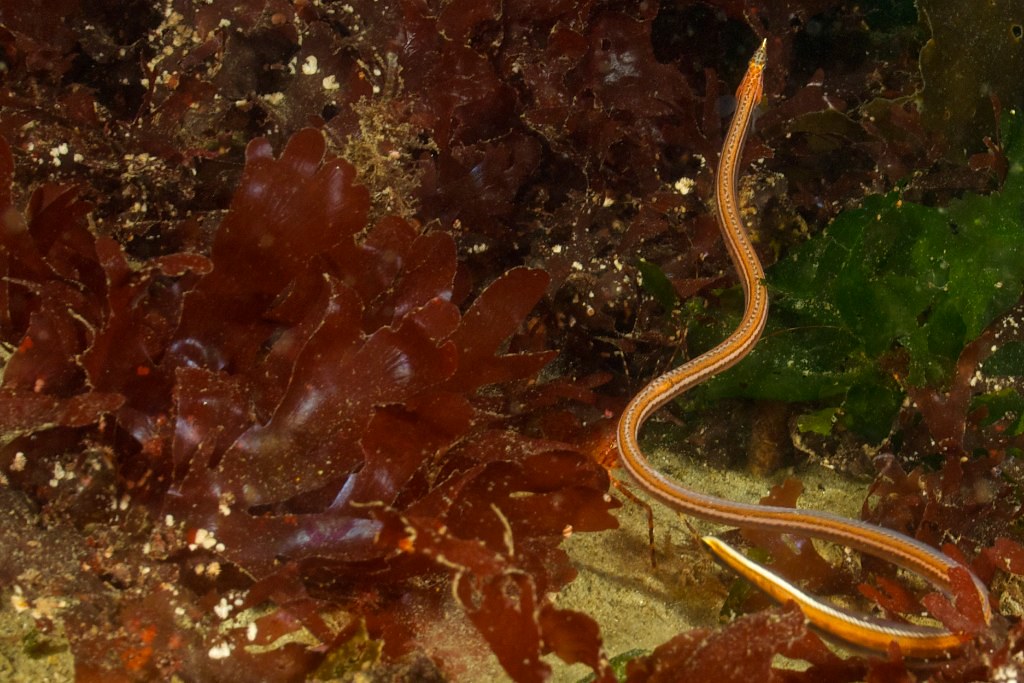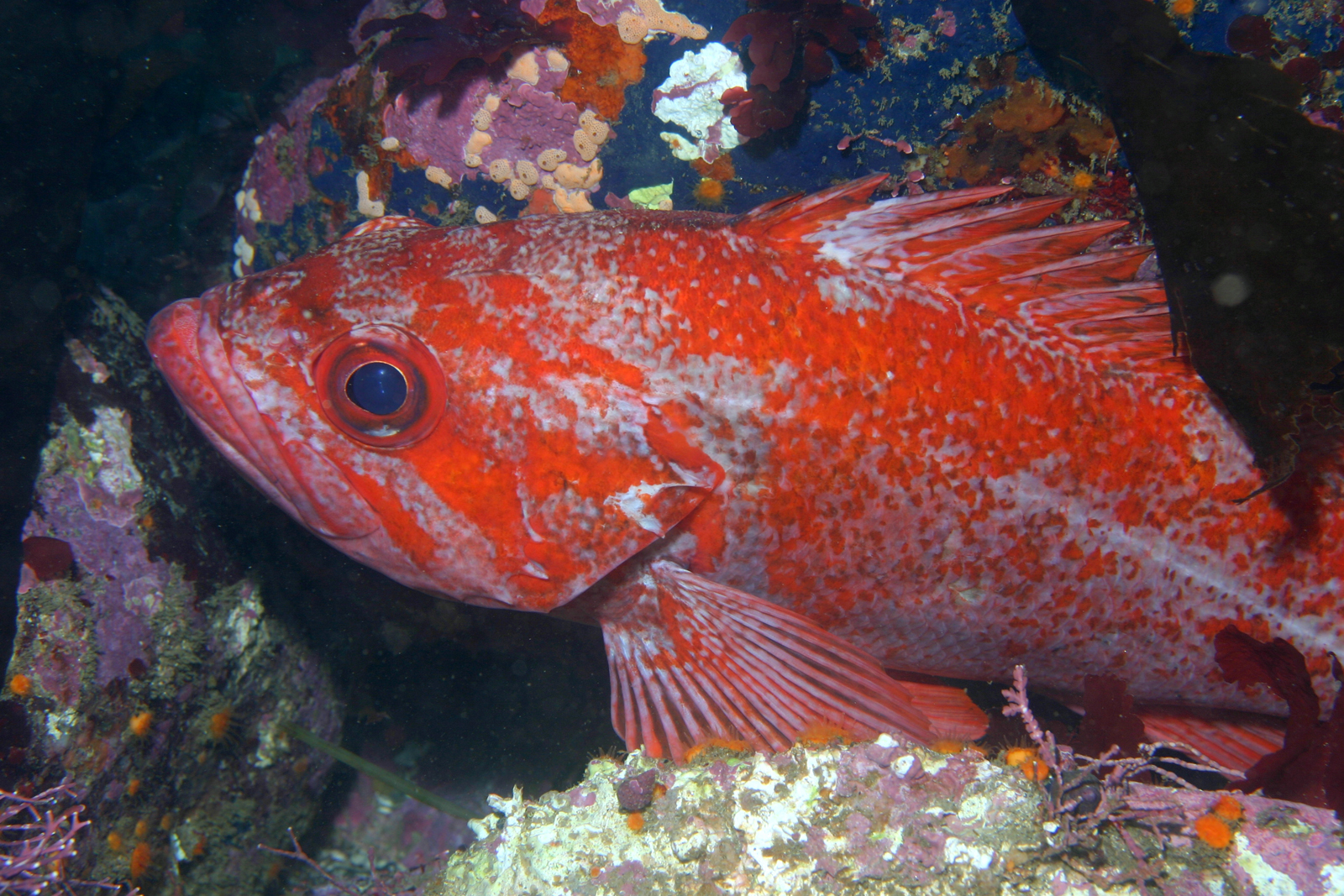With the heat wave lately, I started thinking about the cylinders in the back of my truck. Could the heat cause them to fail? How much heat would actually be needed? I decided to find out!
(Without reading further, the summary answer is more than you would ever get on the hottest summer day. To get close, you'd need to heat your cylinder to 150 degrees C).
I apologize for this all
being in Imperial. I was lazy and didn’t find easy Metric examples J If I made any horrible
mistakes, please let me know. I included the original online source material at the end, and extend full credit to them for this information. Vlad also helped by checking my work, and I included his suggestions. Thanks Vlad!
All these calculations assume a known good cylinder, in VIP and hydro, with good burst disks. If you have an unknown cylinder, it may be wise to be more conservative.
Now, on to the math!
Charles Law states (Pressure x Volume)/Temperature is
constant, meaning that pressure rises with temperature to keep their ratio a
constant if the volume remains the same. As a formula, that means:
P1/T1 = P2/T2
Rearranging that, we
can solve for the end-pressure:
P2=P1(T2/T1)
P1 is the initial
fill pressure; let’s say 3500psi for high pressure steel cylinders.
T1 will be the
temperature at which the fill was done. Let's assume a moderate indoor
temperature, say 24 Celcius, or 75 Farenheit, or 535 Rankine. Charles Law uses
Rankine, so don’t forget that part!
T2 will be the
worst-case temperature in your car/trunk, lets' say 60 Celsius, or 140 Fahrenheit
(almost no way in our climate) or 600 Rankine. So let’s do the math!
P2 = 3500(600/535)
P2 = 3925psi
Burst disks are designed to fail at 5000PSI for aluminum, and 5250 for high pressure steel (US source). So even if your cylinder got up to 60 Celsius, you are still far away from that (less than 4000psi).
So what temperature would you need for a burst disk to fail? Let's find out!
5000psi = 3500psi(T2/535)
T2 = 304F or 151C
There is no way your
car will get to 151C, unless it's on fire. Vlad pointed out some interesting facts about
how hot your can can get which might surprise you. But even those numbers are not close to 151 degrees.
An approximate rule of thumb: for every 1F temp rise (or drop) inside
a closed container filled with air, you can expect an approximate 5PSI pressure
increase. This is handy to impress your friends when you can predict how much your fill will be reduced when you hit the water!
As with gas-planning, there is no need to guess. Some simple
math arms you with facts based on physical laws! You can’t argue with science J
https://www.divegearexpress.com/library/articles/valves-neck-threads
http://www.scubaboard.com/forums/archive/index.php/t-372955.html
http://www.searover.com/rca/scuba/opinions/scuba_opn_burst_disks.shtml
P.S. something else I learned - We all know to store your tank with very low pressure (100 PSI) to keep water out and material stress low. But if that isn't practical, always store it full. In a house fire, the burst disk may blow from heat combined with pressure if the storage pressure is high. If the tank is half full, the tank will likely give way before the burst disk because the material could be severely weakened by extreme heat, and the pressure rise might never reach the rated burst temperature before catastrophic failure of the tank. This is even more important for Aluminum tanks, they will fail sooner than a steel tank in a fire.







